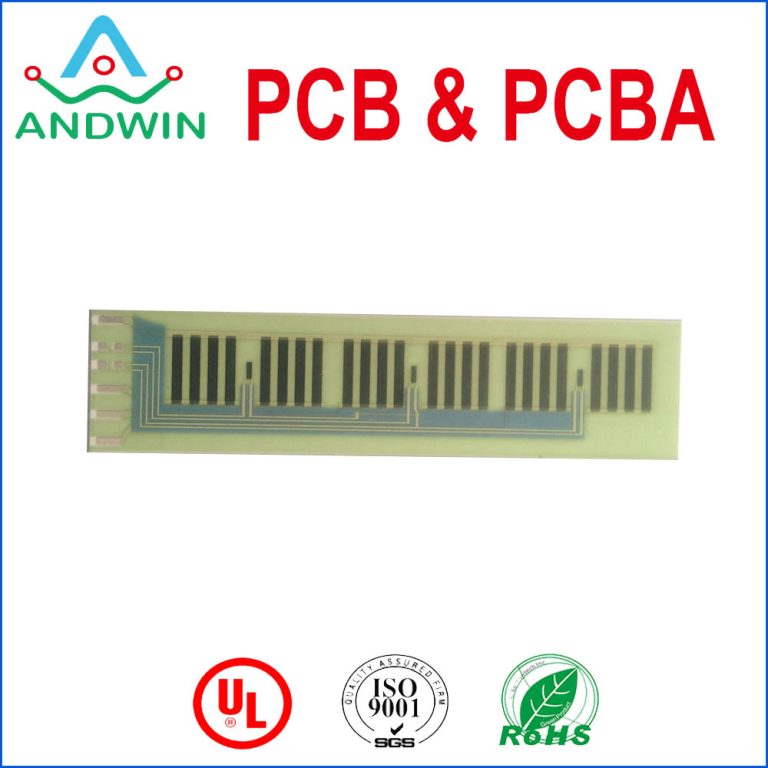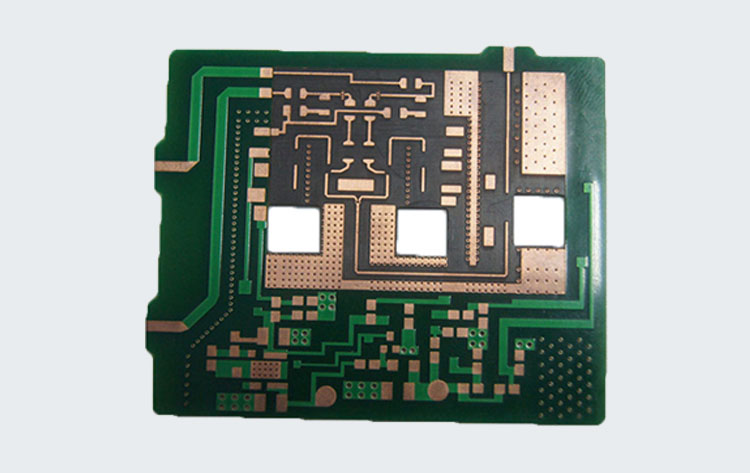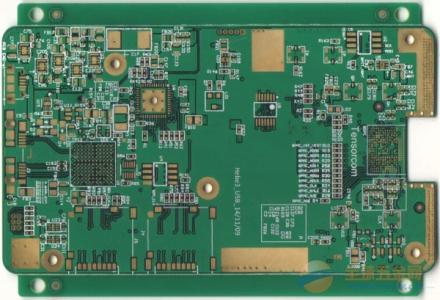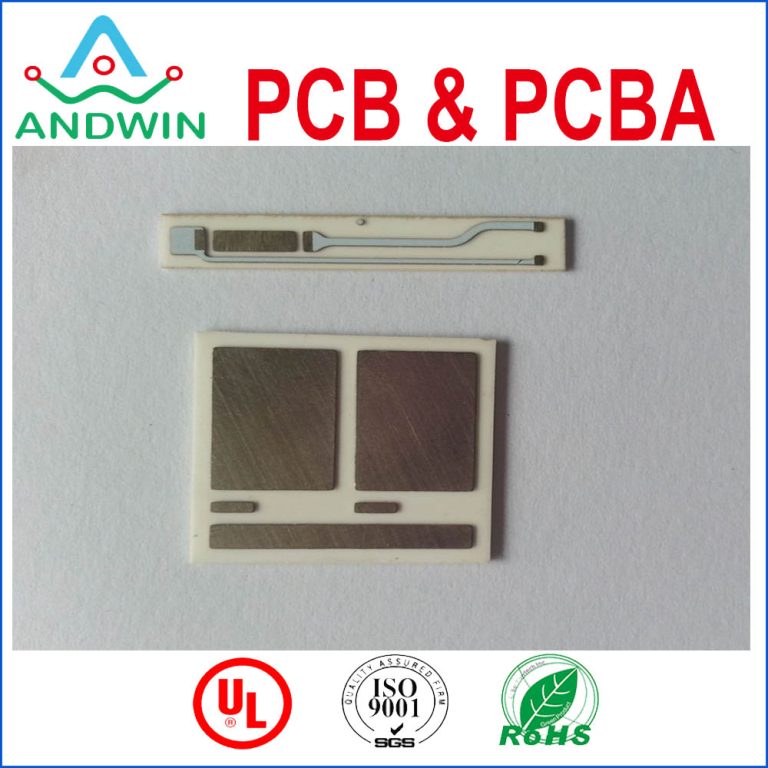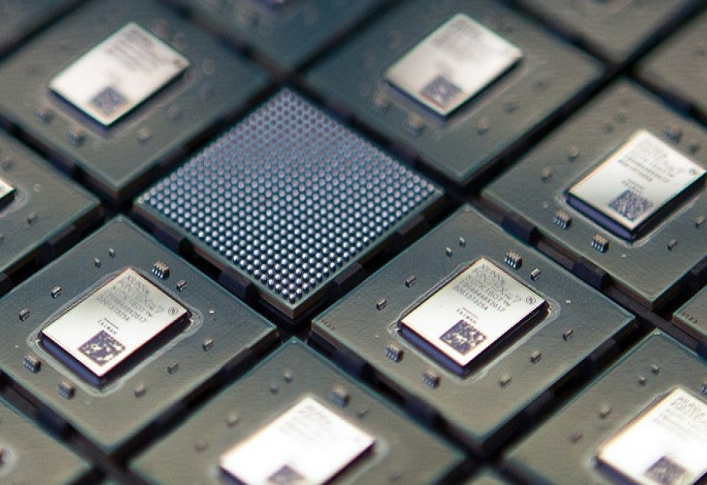Rogers rt duroid 5880 substrate
It is a PTFE composite material that is designed to provide excellent electrical performance at high frequencies. The substrate has a low dielectric constant of 2.2, which makes it ideal for use in microwave and millimeter-wave applications. It also has a low loss tangent, which means that it can transmit signals with minimal signal loss….

